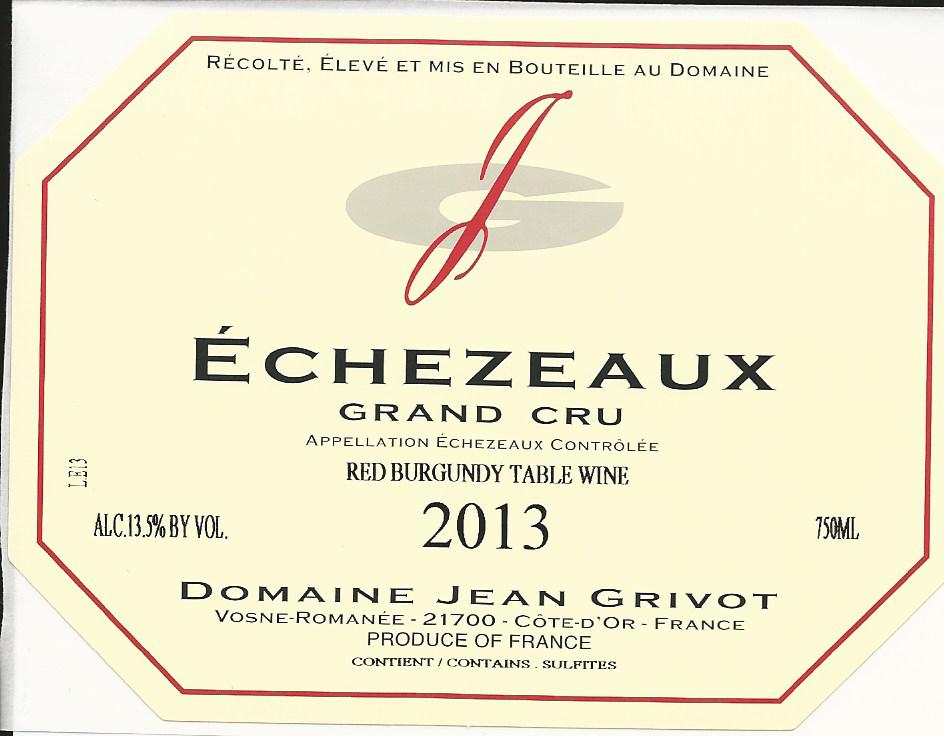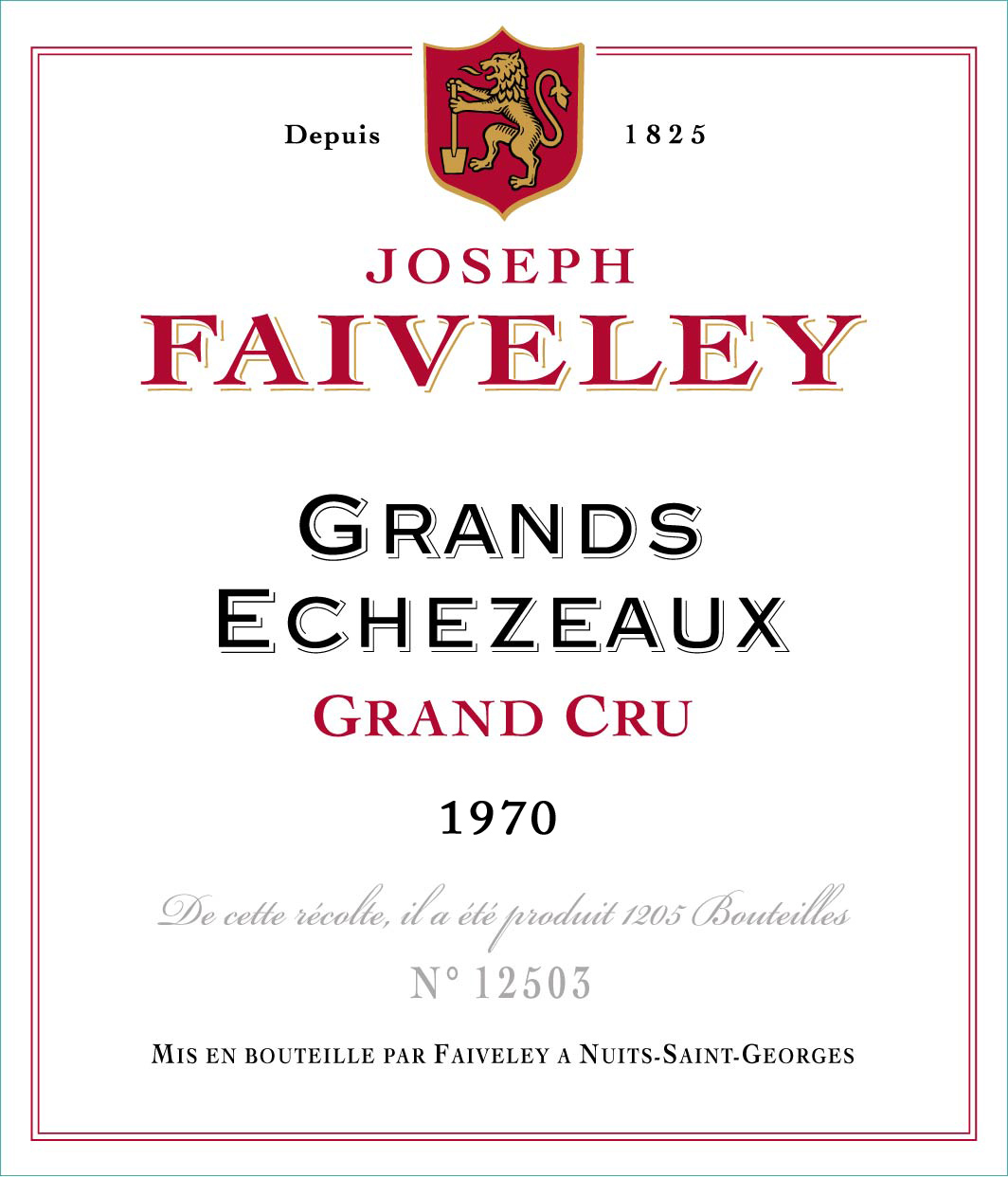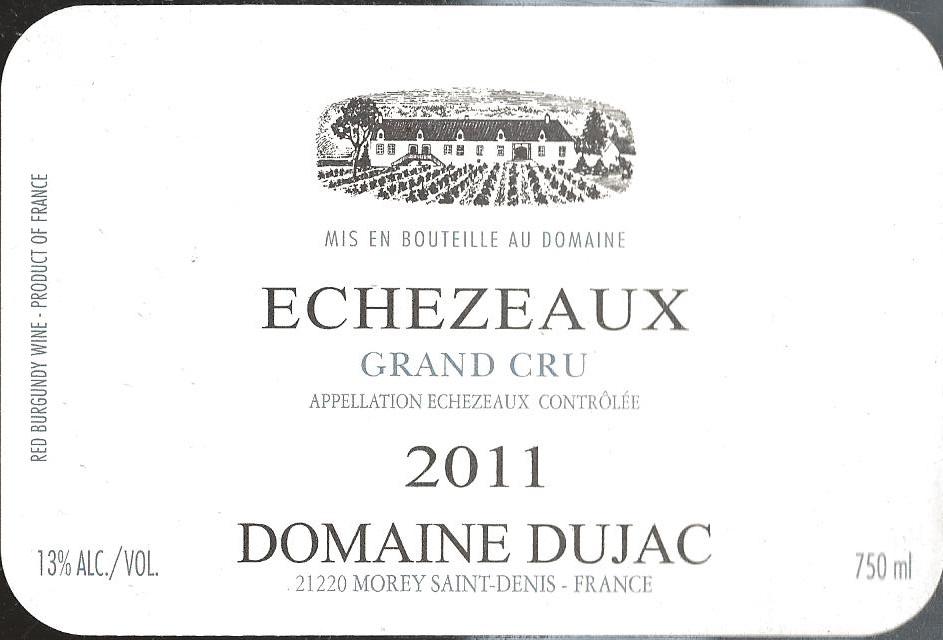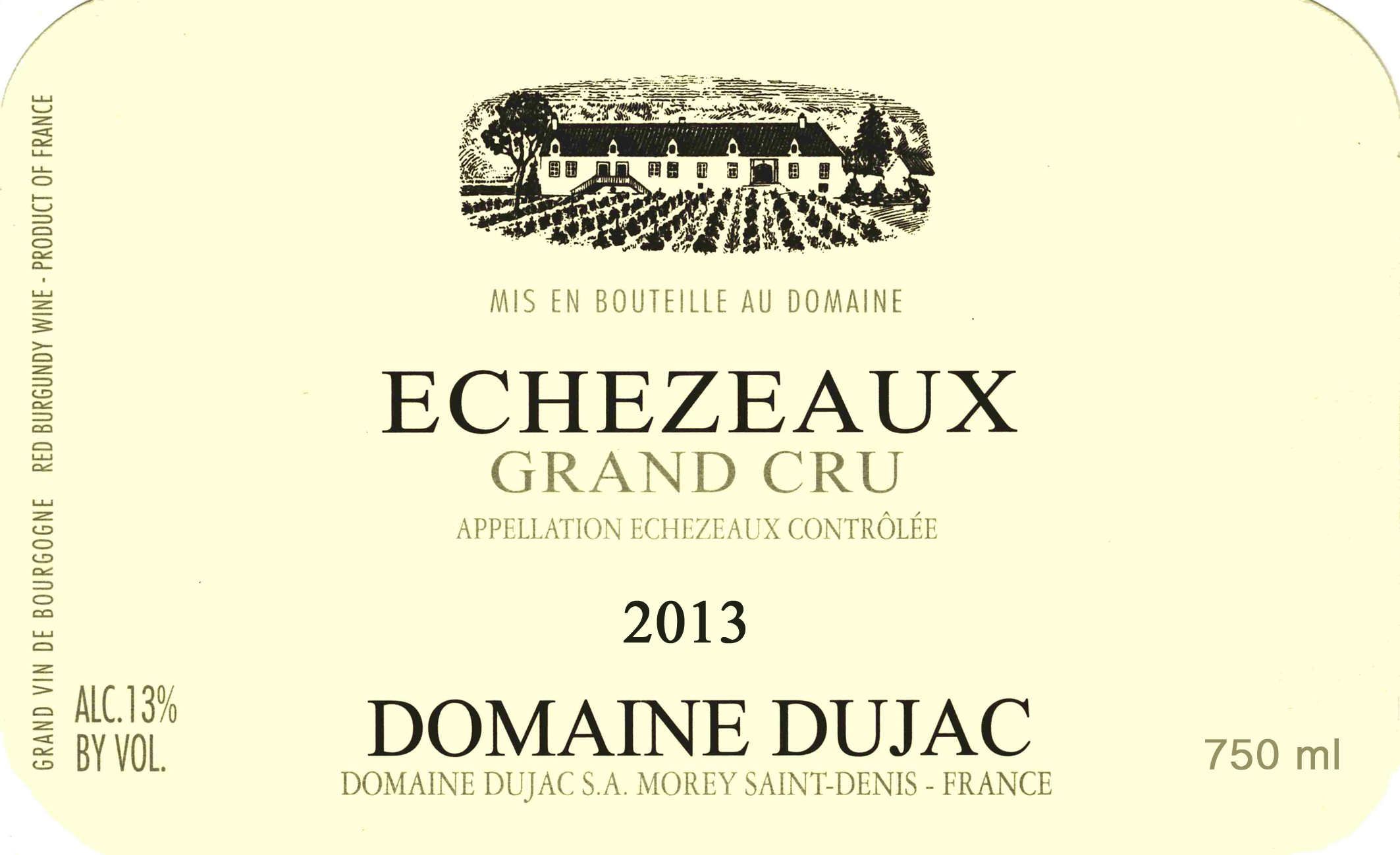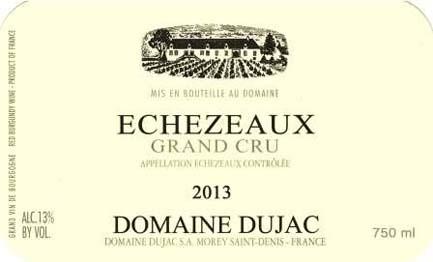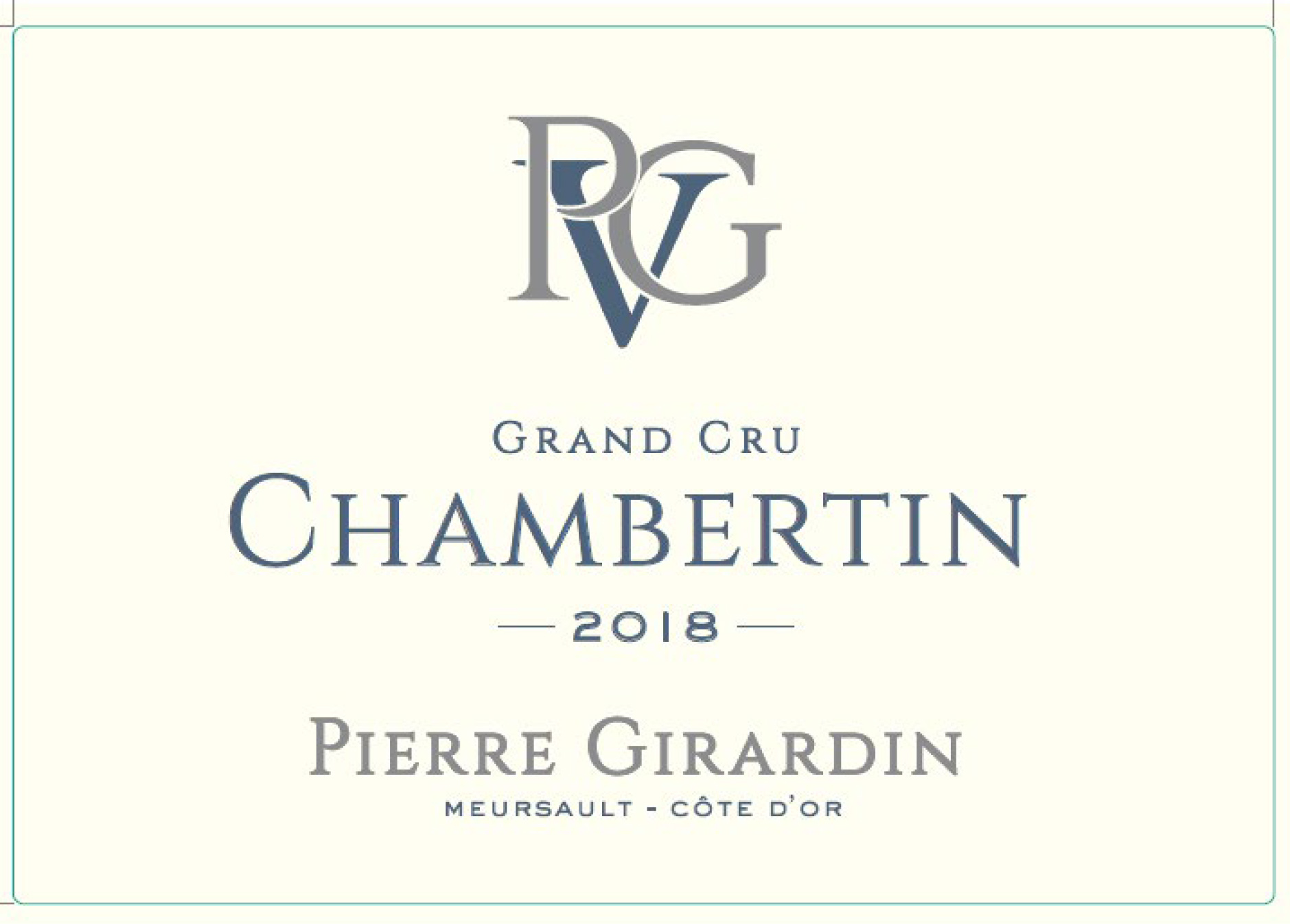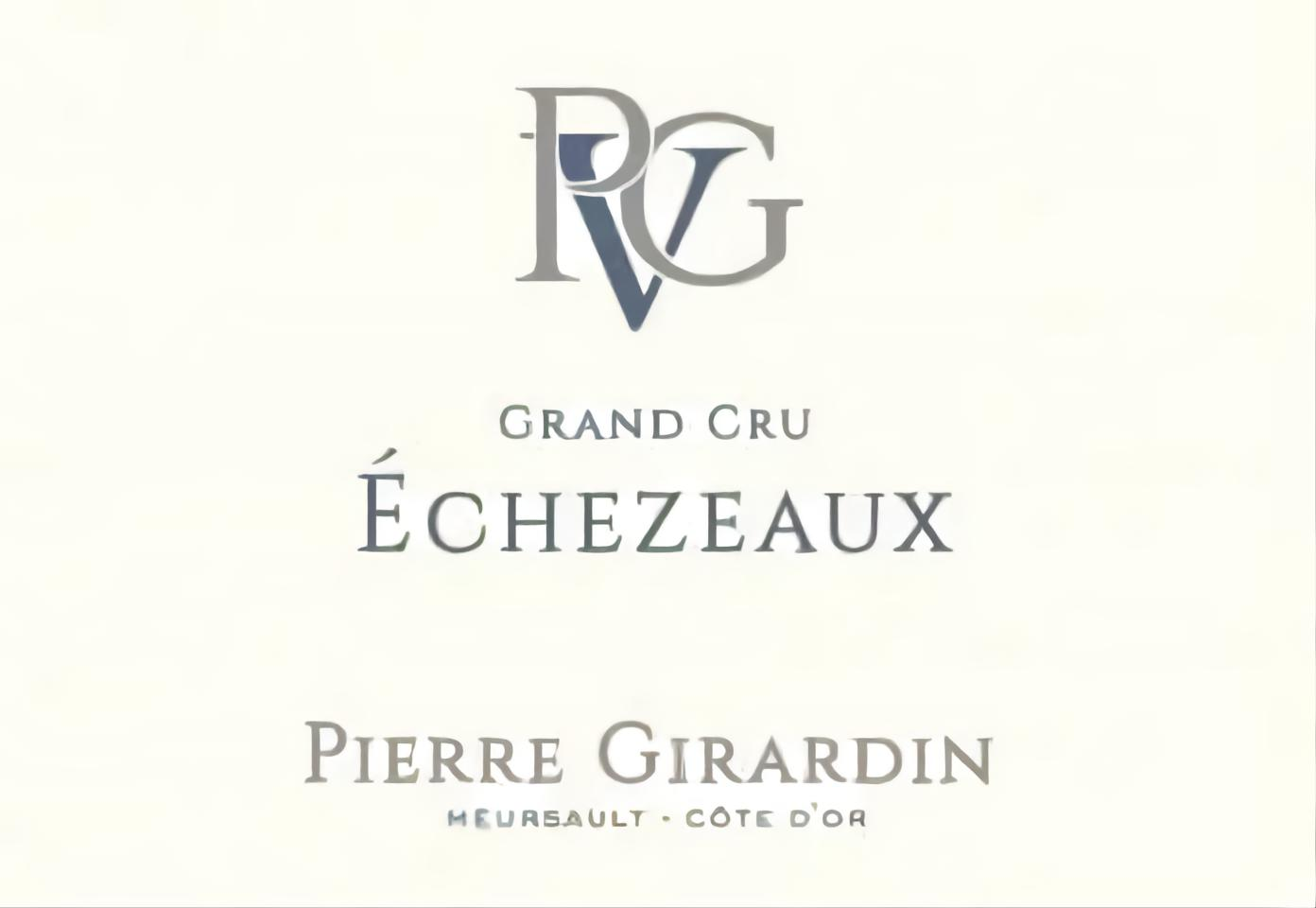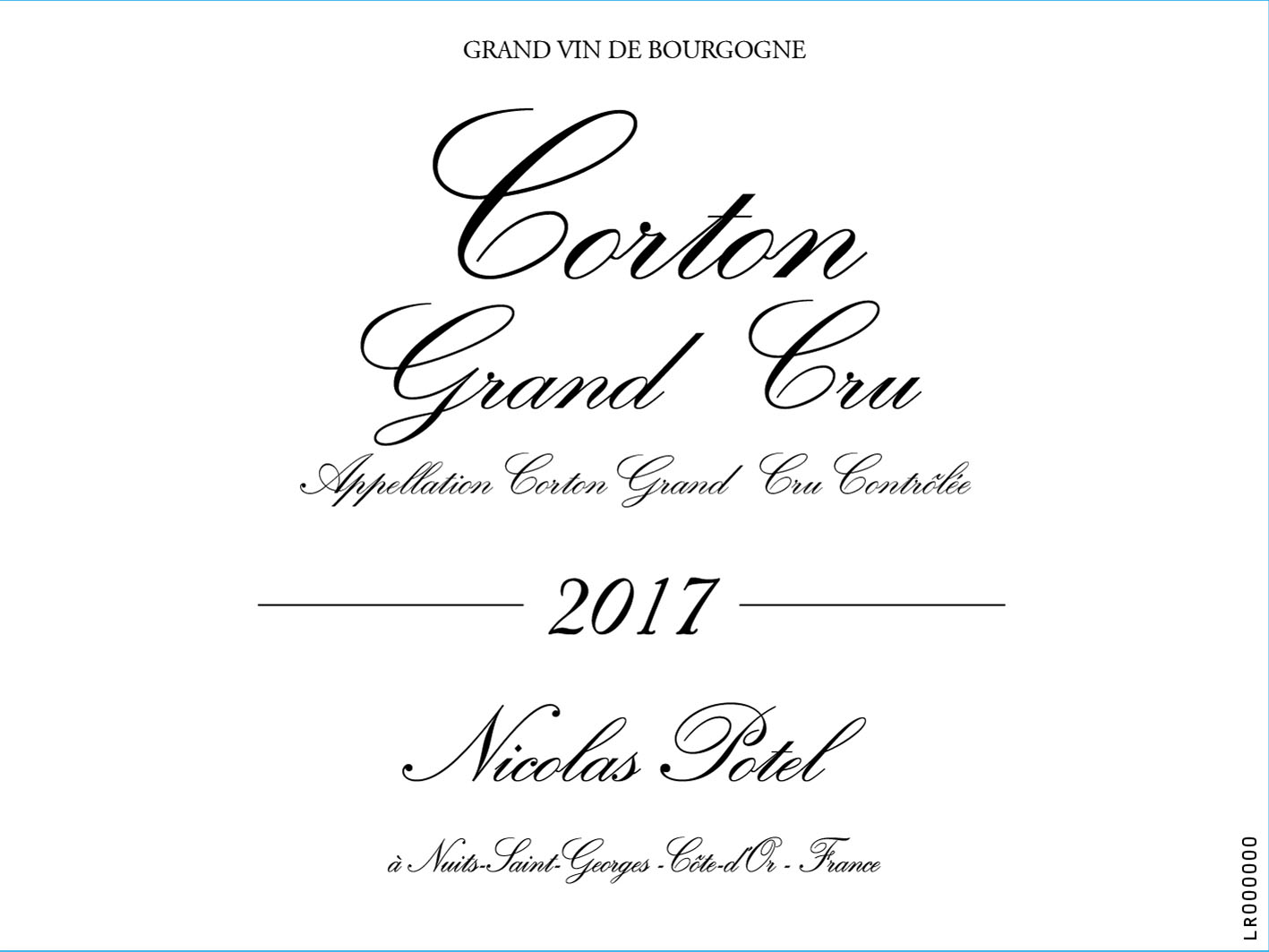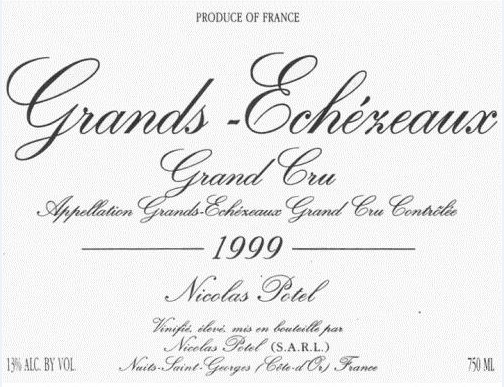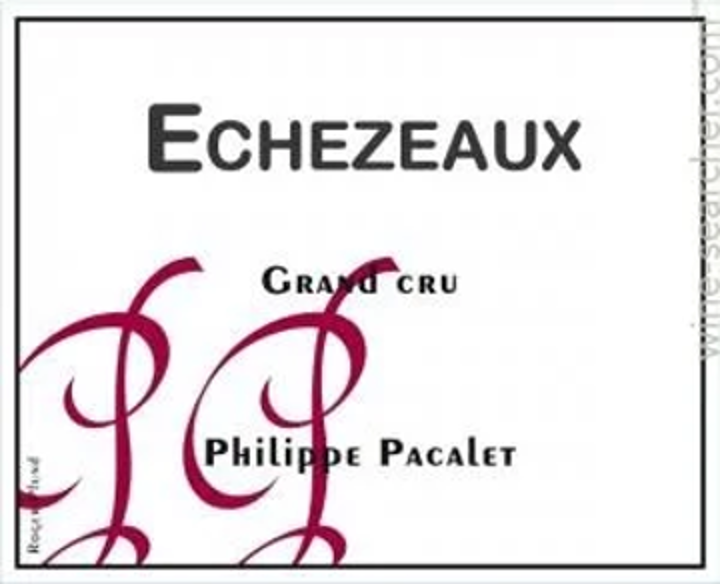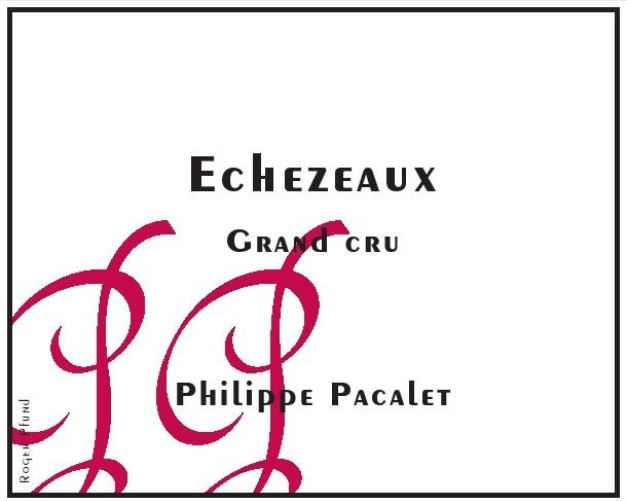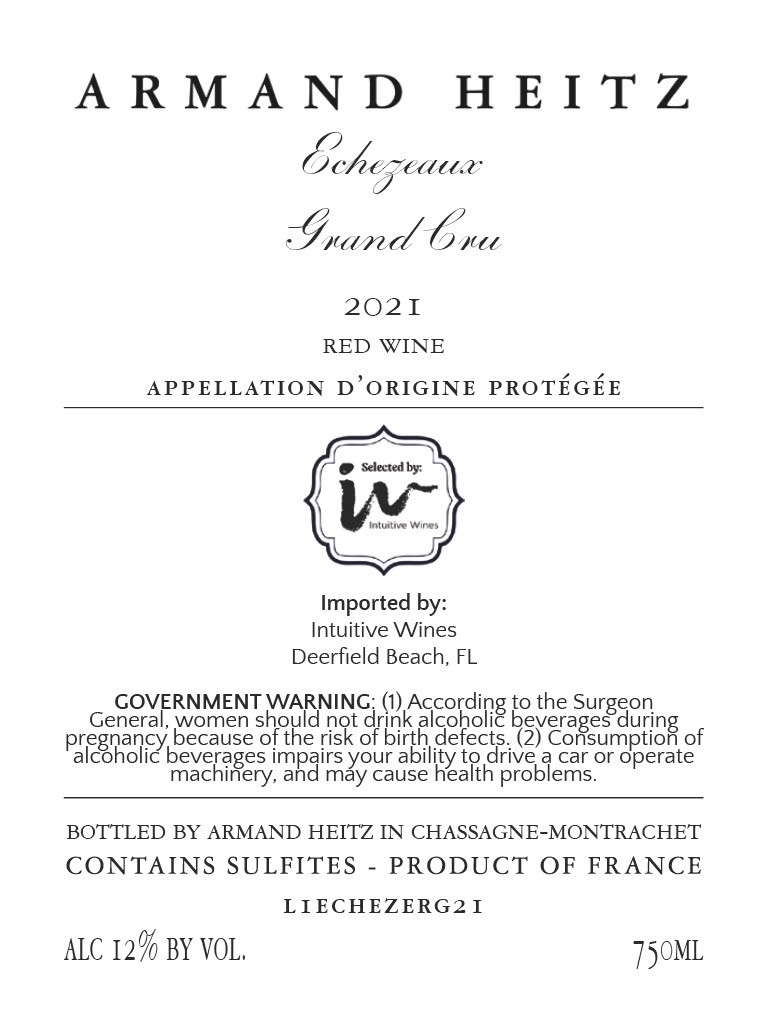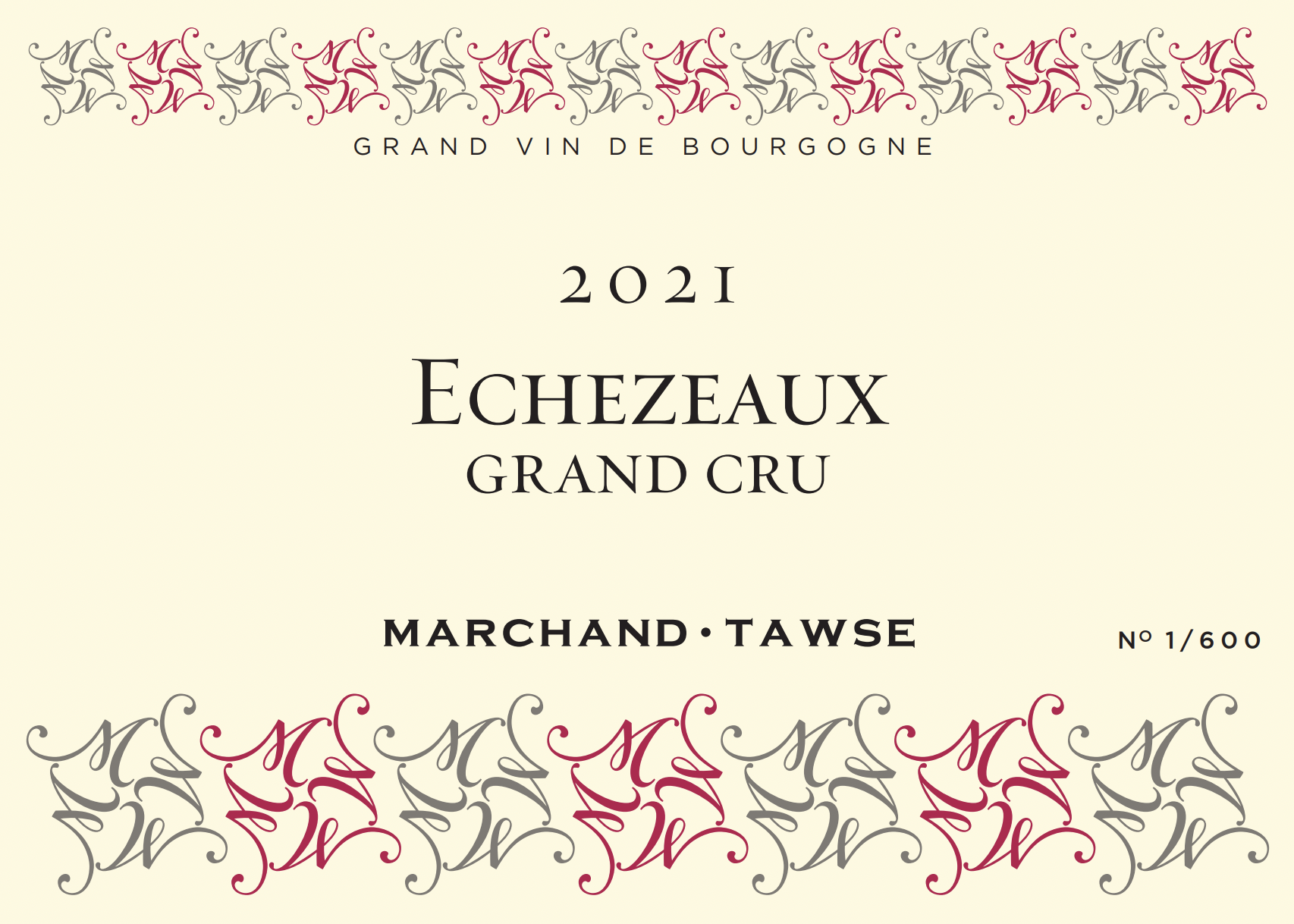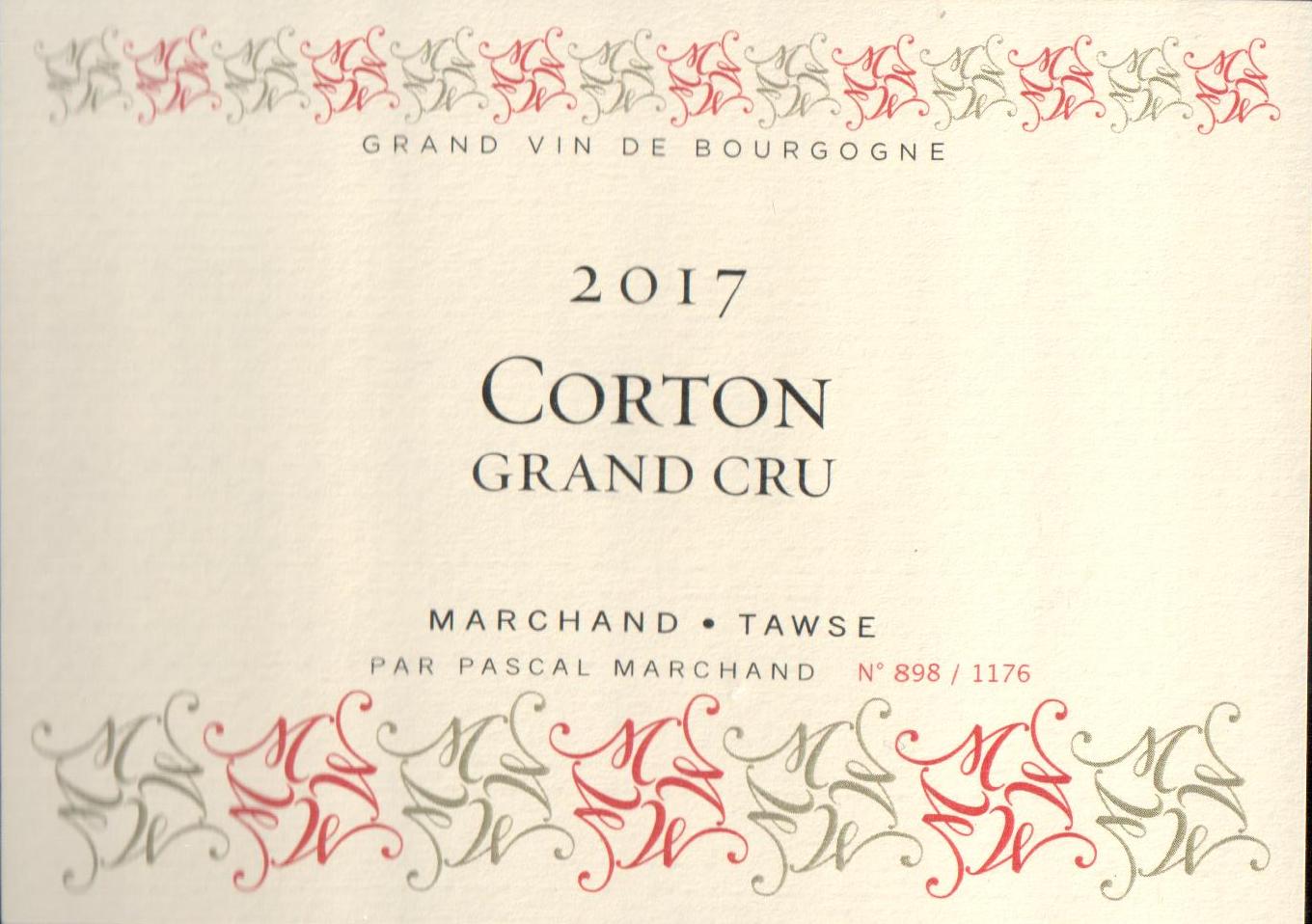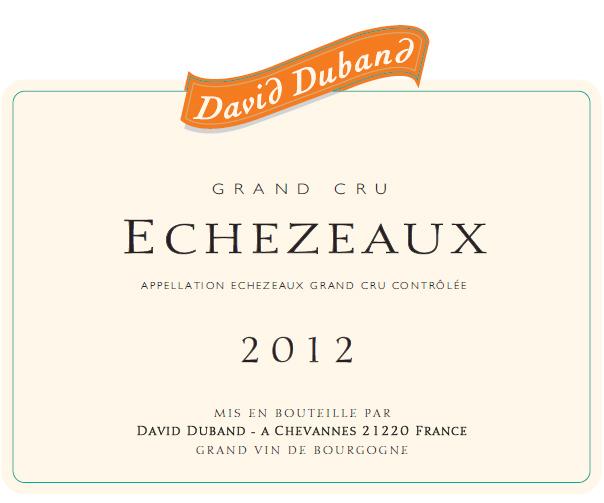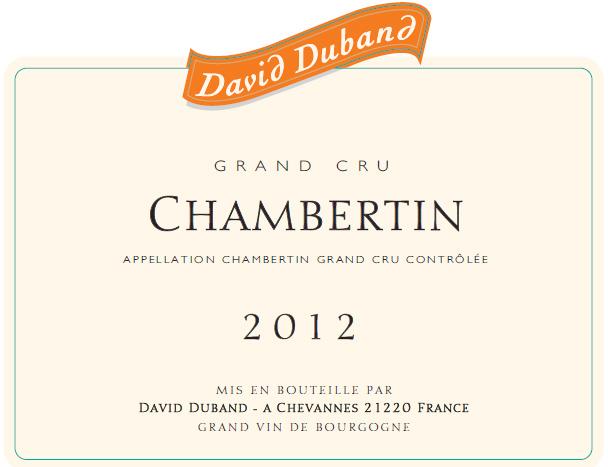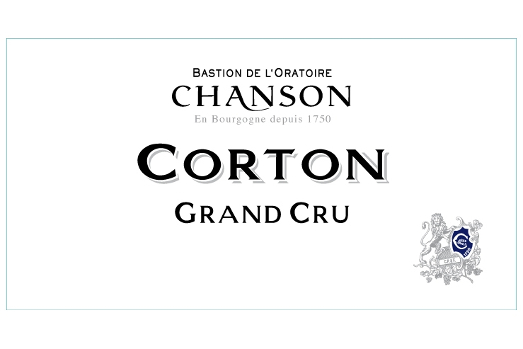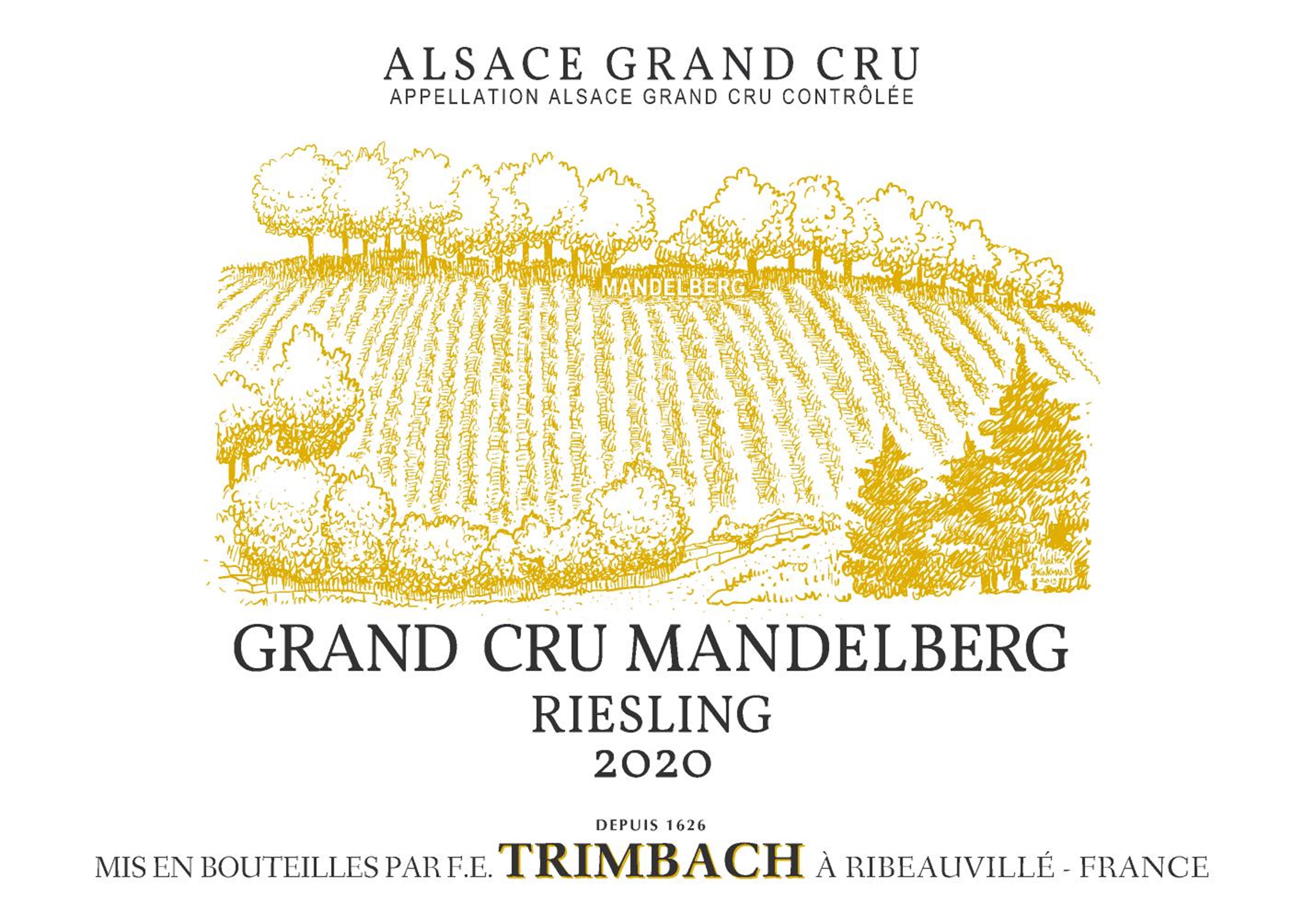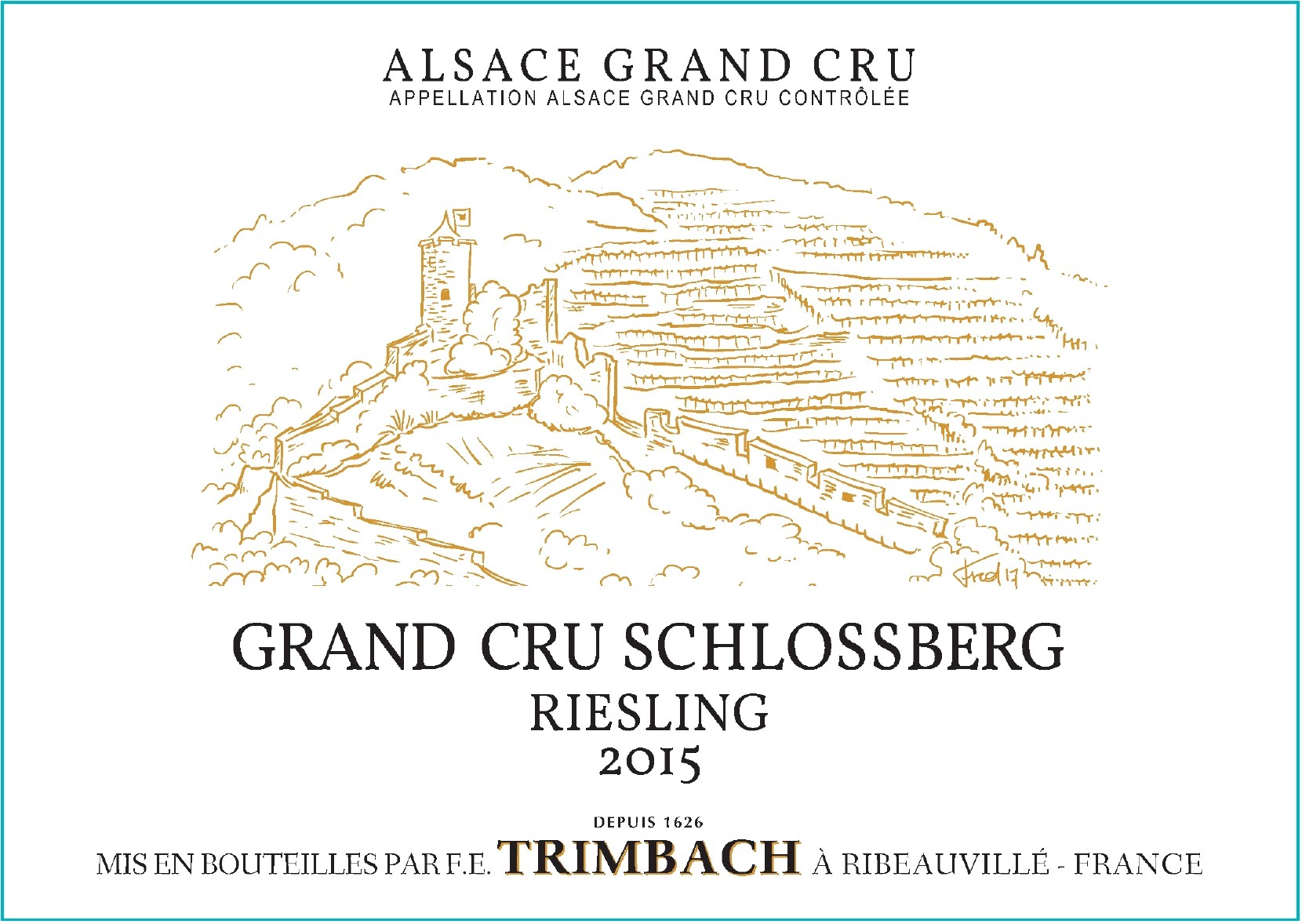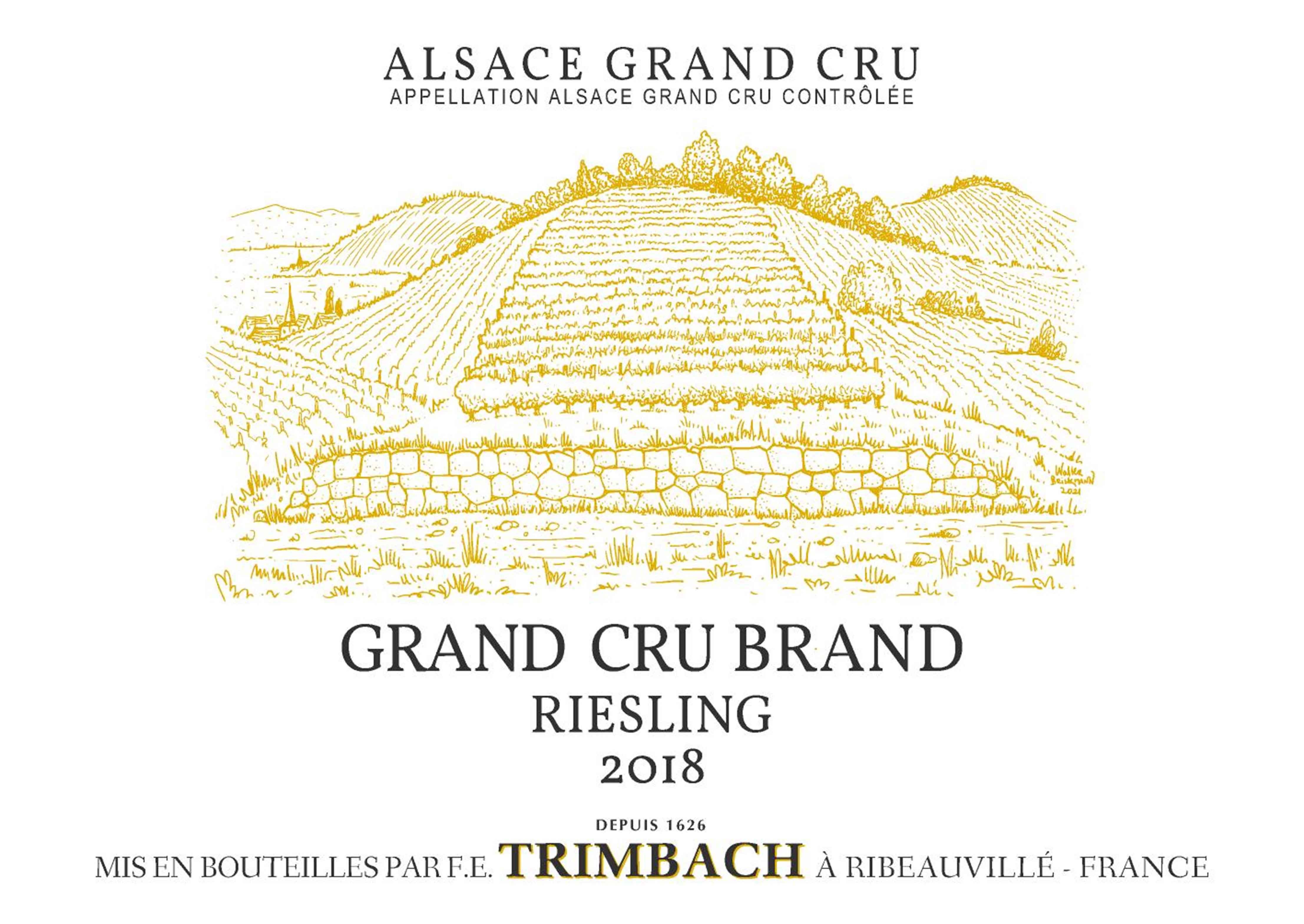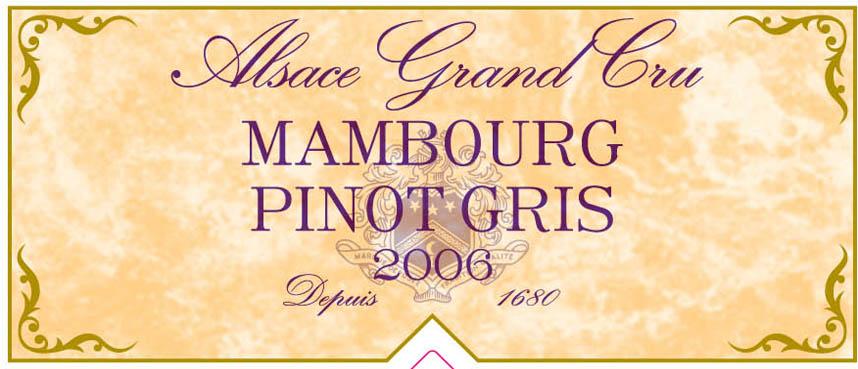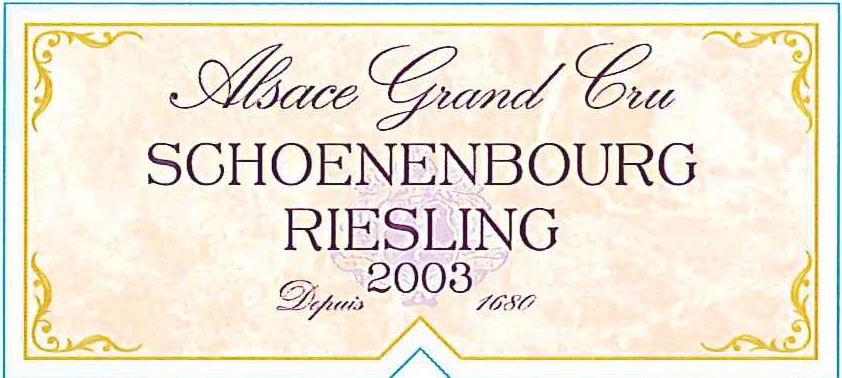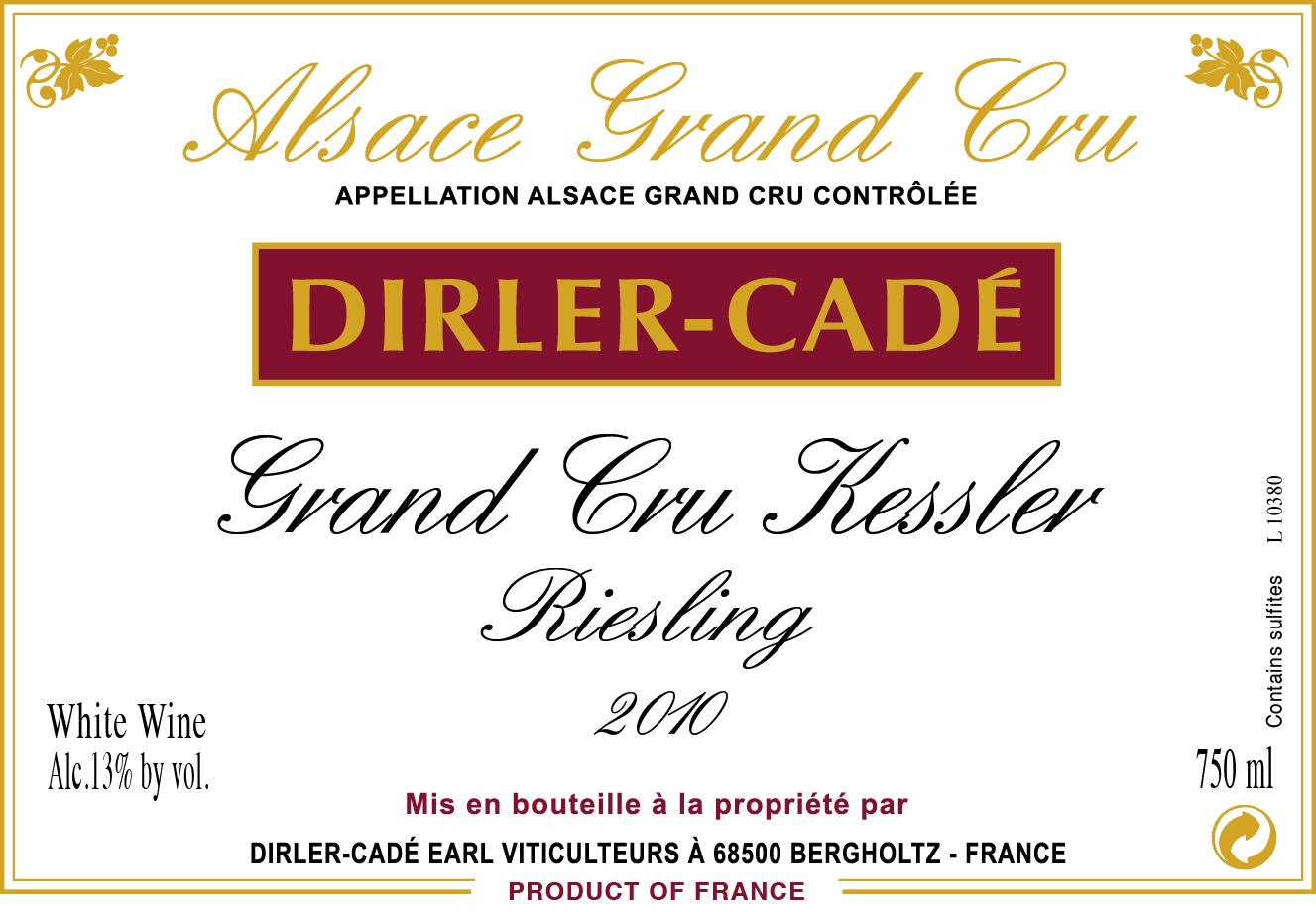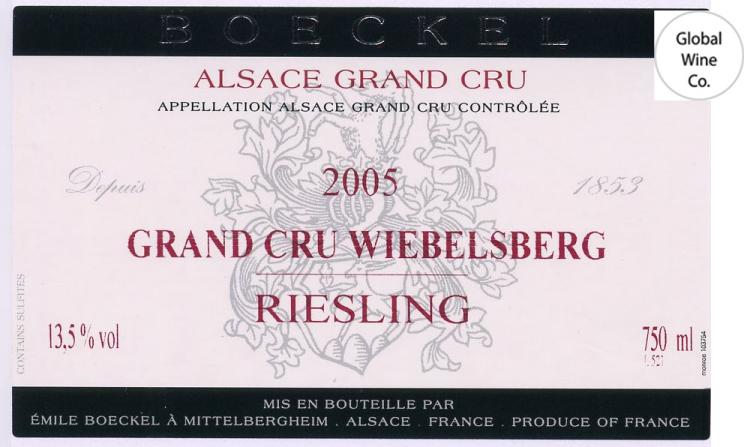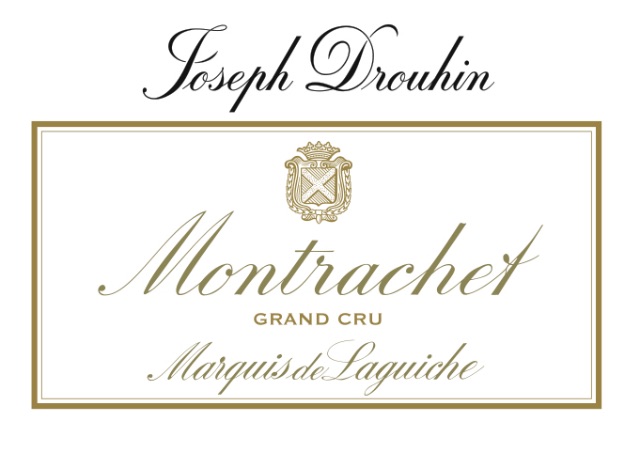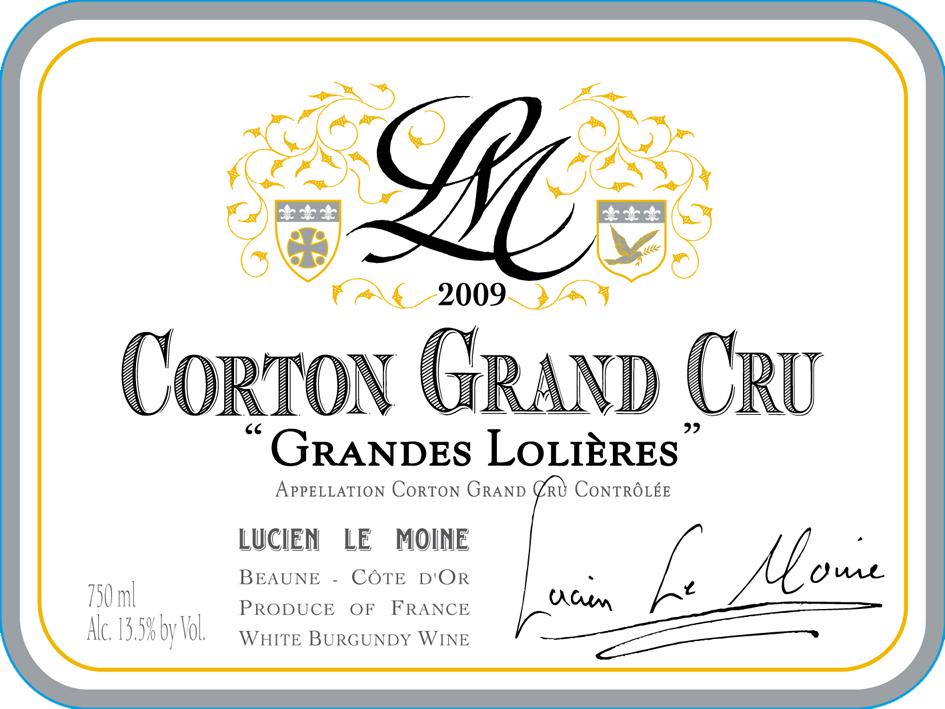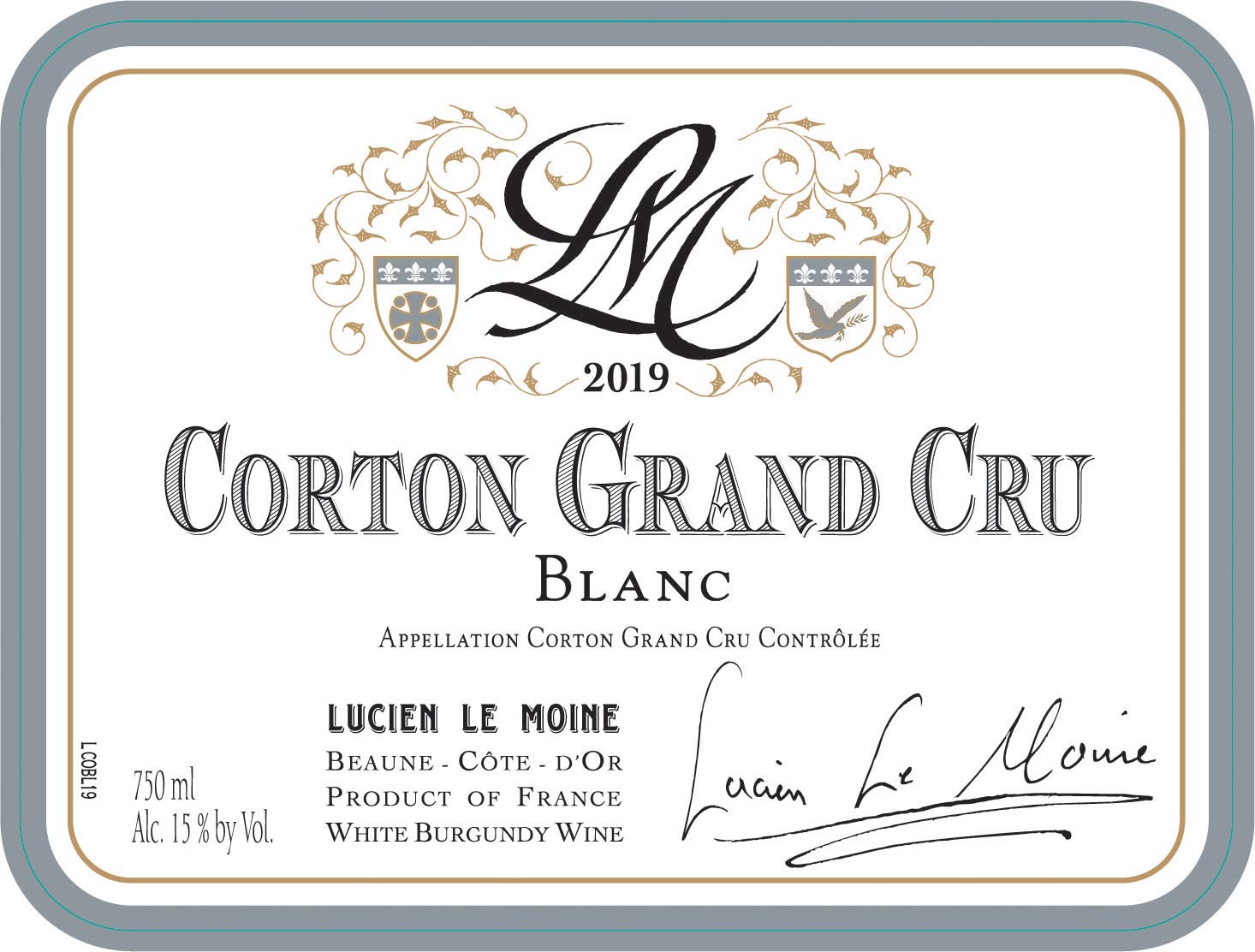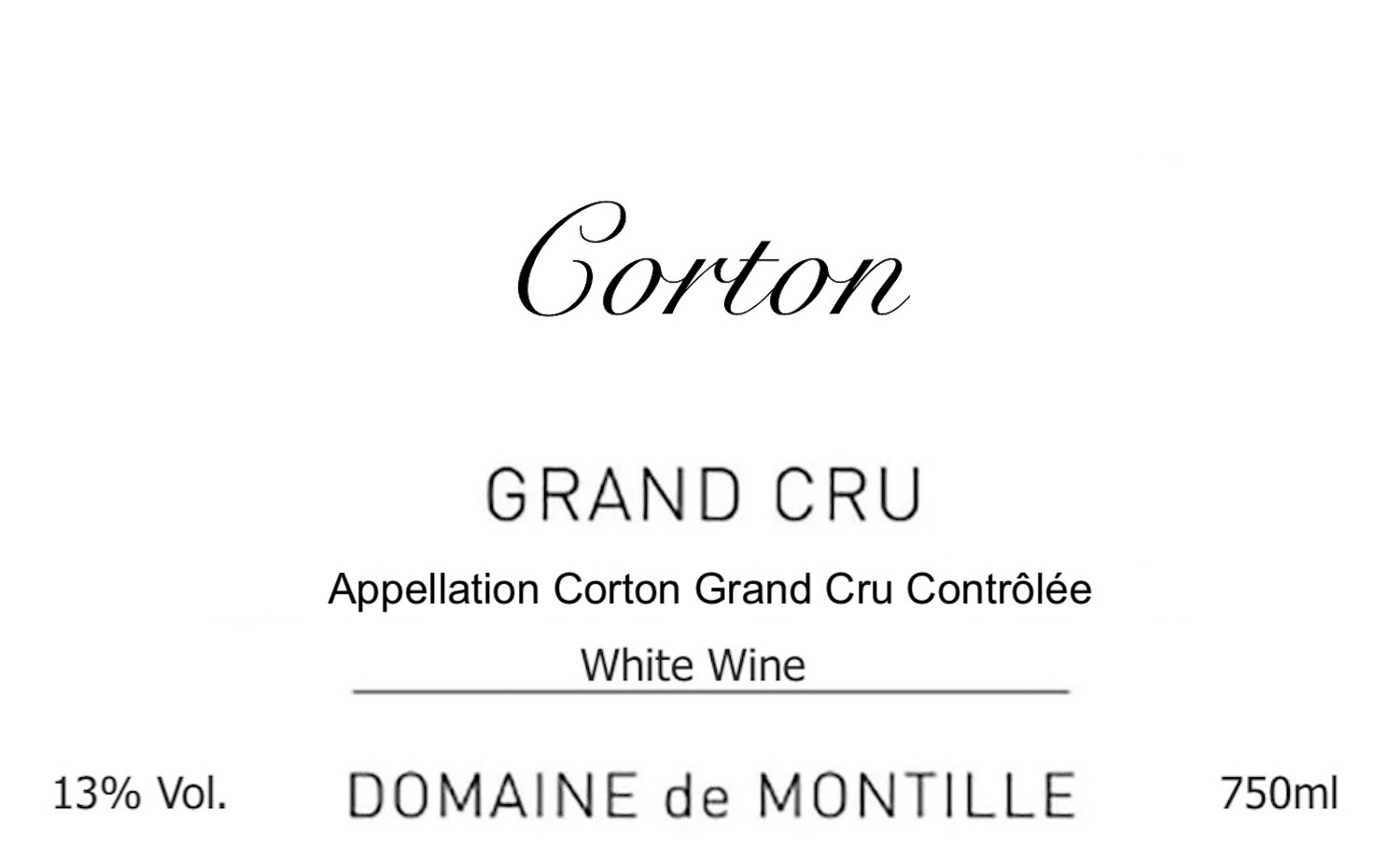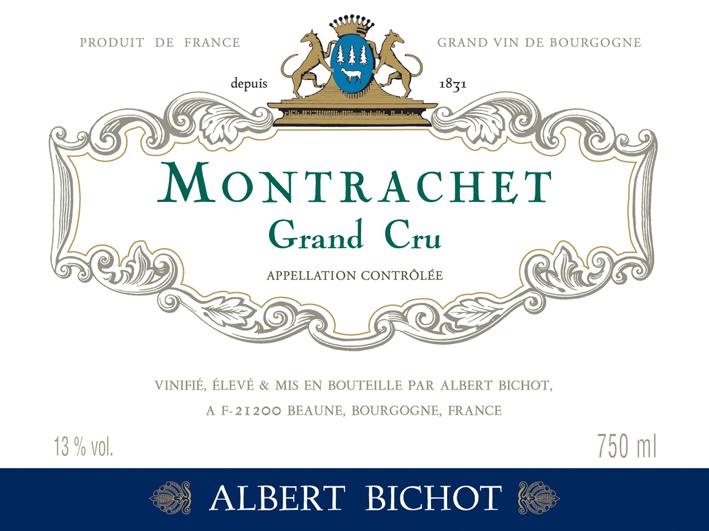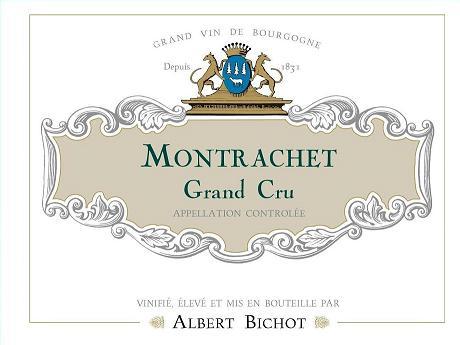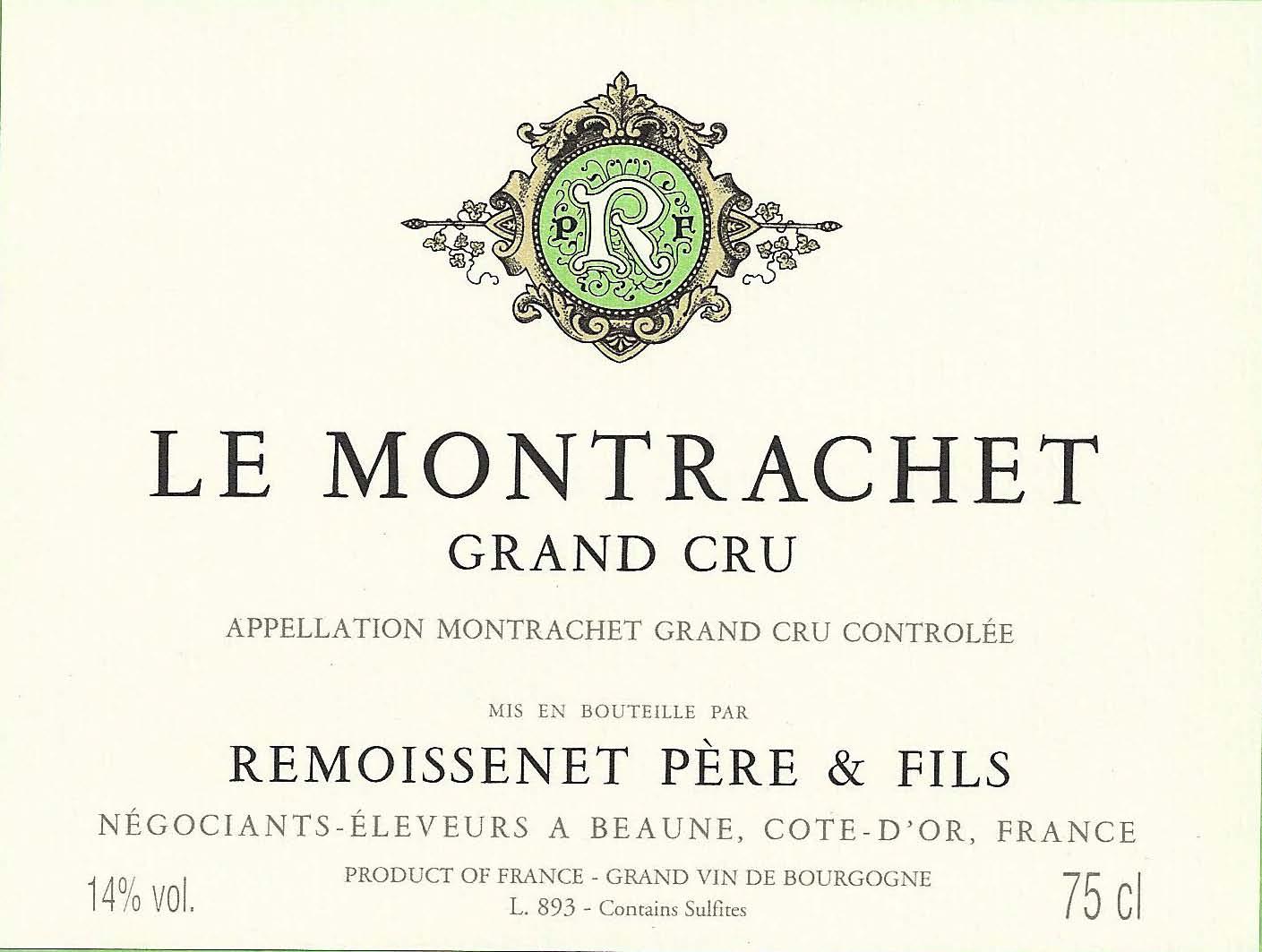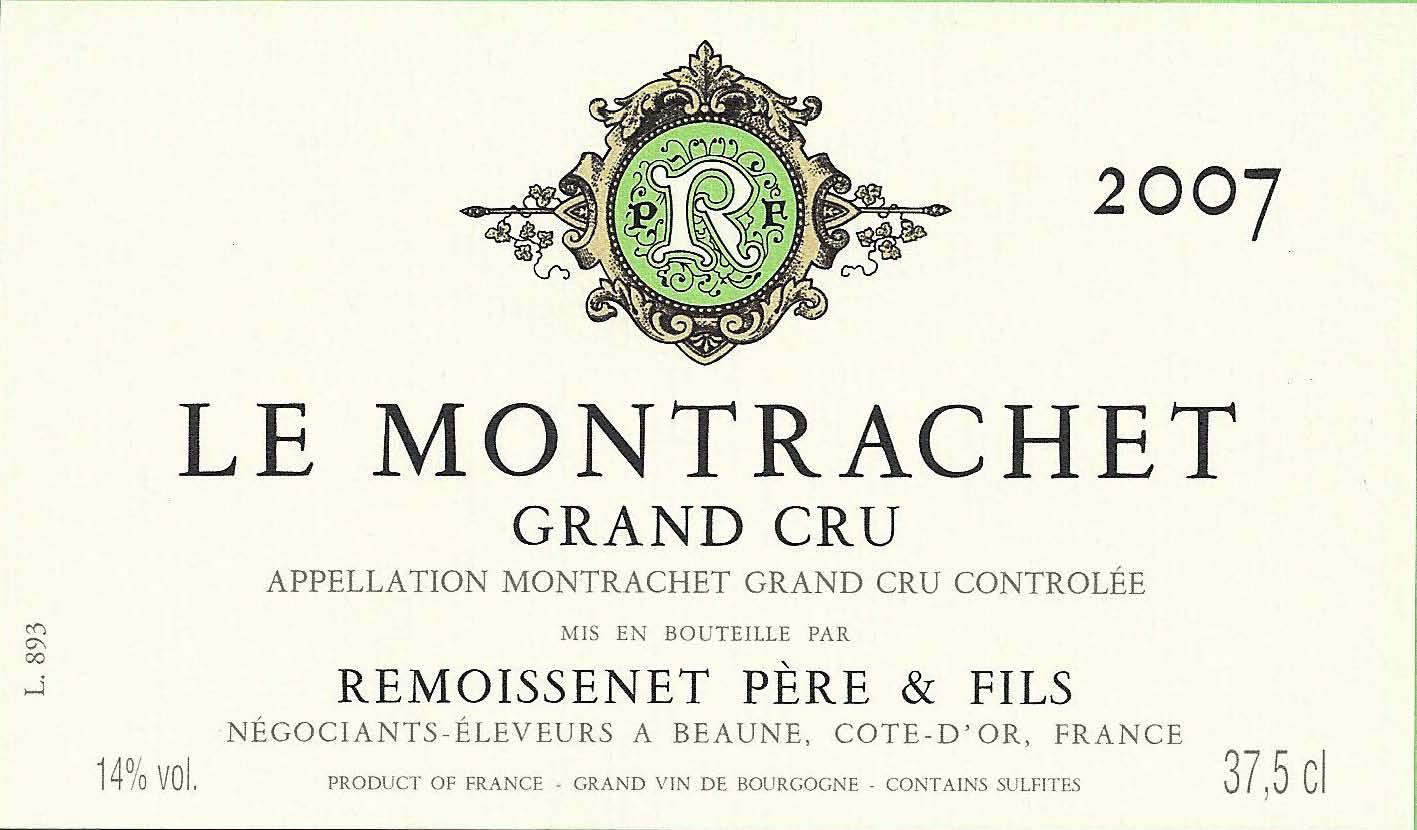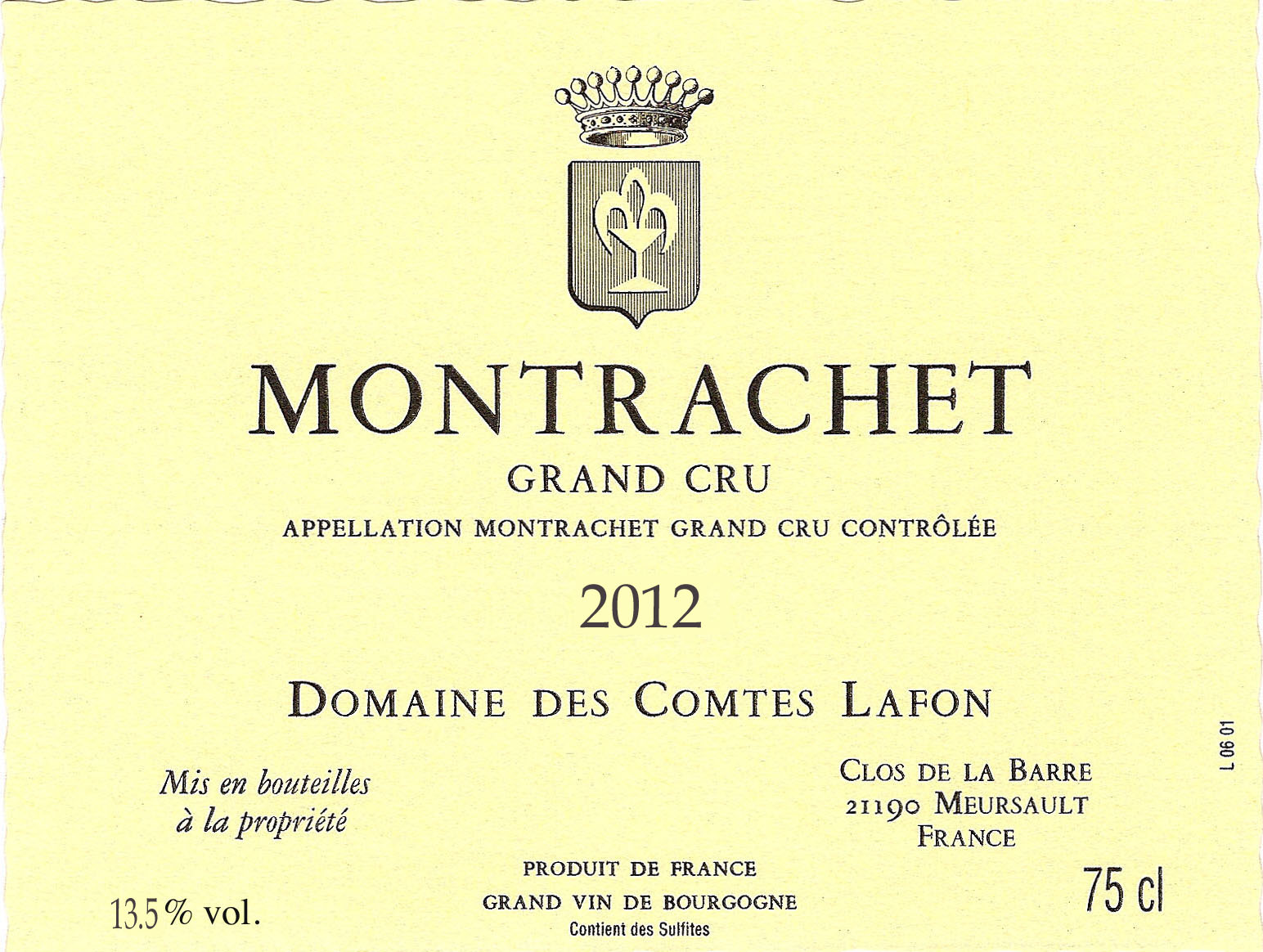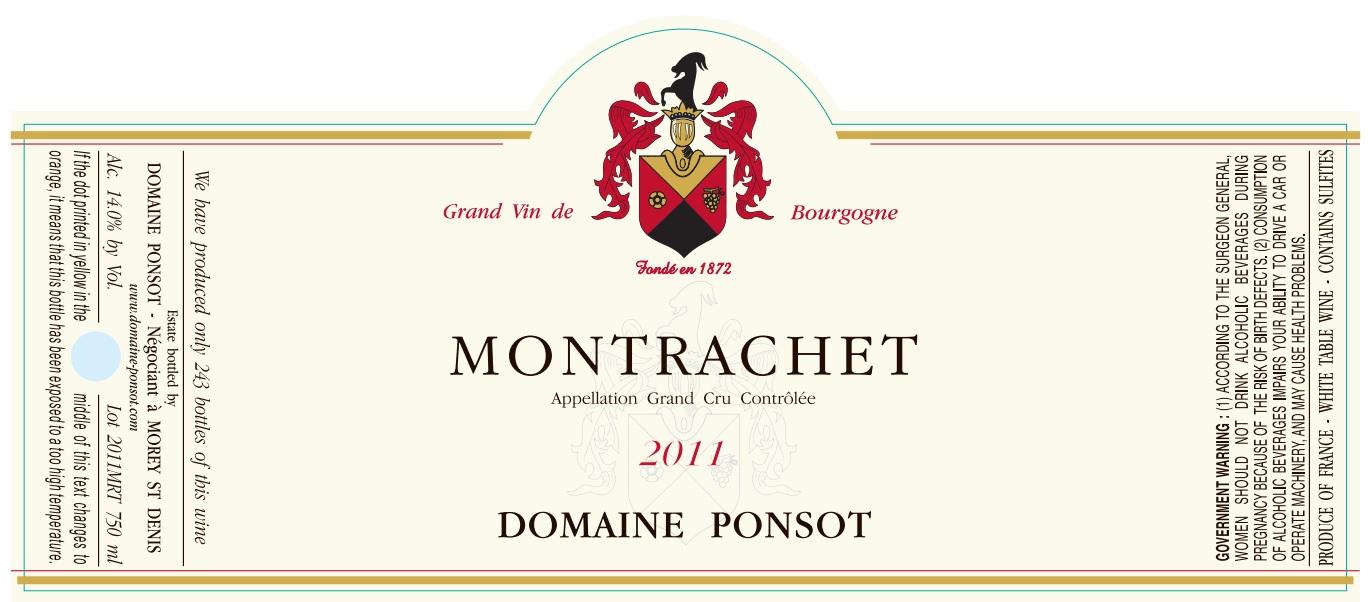Terroir of Alsace Grand Cru
Alsace's Grand Cru terroir is a patchwork of various soils, like granite, schist, limestone, marl, sandstone, clay, and volcanic elements. Each vineyard has its own unique geological character, adding distinct styles to the wines. Vines are carefully planted on steep, south or east-facing slopes at heights between 200 and 450 meters, where cool nights help keep acidity. The well-drained, rocky soils absorb daytime heat and release it after sunset, aiding grape ripening.
The region has a continental climate, protected from Atlantic rain by the Vosges Mountains, leading to low annual rainfall of 500–600 mm and plenty of sunshine, about 1,800–2,000 hours. Warm, dry summers allow full ripeness, while cold winters let the vines rest. Spring frost can be tricky. Each vineyard has a unique character due to different slopes, altitudes, and closeness to the Rhine.
Notable Wineries in Alsace Grand Cru
In Alsace, Grand Cru wines are crafted both by esteemed, long-standing families and smaller, passionate growers. Here's a glimpse into some standout producers:
-
Maison Trimbach: They're famous for their sharp, age-defying Rieslings. The legendary Clos Sainte Hune, from the Rosacker Grand Cru, is known for its precision and lasting quality. They also cultivate grapes in several other Grand Cru areas.
-
Domaine Zind-Humbrecht: As leaders in biodynamic winemaking, they own vineyards in numerous Grand Crus, creating intense Rieslings and Pinot Gris, aromatic Gewurztraminer, and impressive late-harvest wines.
-
Domaine Weinbach: This classic estate is celebrated for its expressive Grand Crus, delivering wines with silky elegance and ripe, precise flavors, often using biodynamic methods.
Sustainable Winemaking in Alsace Grand Cru
Alsace Grand Cru vineyards are at the forefront of sustainability, with many adopting organic and biodynamic farming to showcase the land's true essence. These practices include avoiding synthetic chemicals in favor of natural compost and promoting biodiversity with cover crops, enhancing the soil's vitality.
Water conservation is key, given the region's dry summers. Growers use techniques like leaf removal and careful pruning to manage grape ripeness without relying on irrigation. In the cellar, winemakers prefer gentle methods such as whole-bunch pressing and native yeast fermentations, minimizing sulfur use to preserve the vineyards' unique flavors.
Many vineyards seek certifications like AB or Demeter, emphasizing their dedication to eco-friendly practices. Local groups advocate for sustainability, aiming to reduce carbon footprints and use less impactful packaging, ensuring these cherished vineyards thrive for future generations.
Wine Tourism in Alsace Grand Cru
Alsace's Grand Cru region is a captivating destination for wine tourism, offering a blend of scenic beauty and rich viticultural heritage. The Route des Vins d’Alsace guides visitors through charming villages like Eguisheim and Riquewihr, where family-run domaines and larger wineries welcome guests for tastings, often by appointment. Here, one can explore the distinct terroirs and flavors of Grand Cru wines, guided by informative wine centers in Colmar.
Beyond tastings, Alsace charms with timbered houses and vibrant festivals, celebrating Riesling and Gewurztraminer alongside local cuisine. Outdoor enthusiasts can traverse marked vineyard paths and biking routes, taking in the stunning landscapes of the Vosges Mountains. Nearby attractions such as the Château du Haut-Kœnigsbourg and historic sites complement the wine experience, while accommodations range from cozy farm stays to elegant inns, ensuring a comprehensive and enriching visit.




